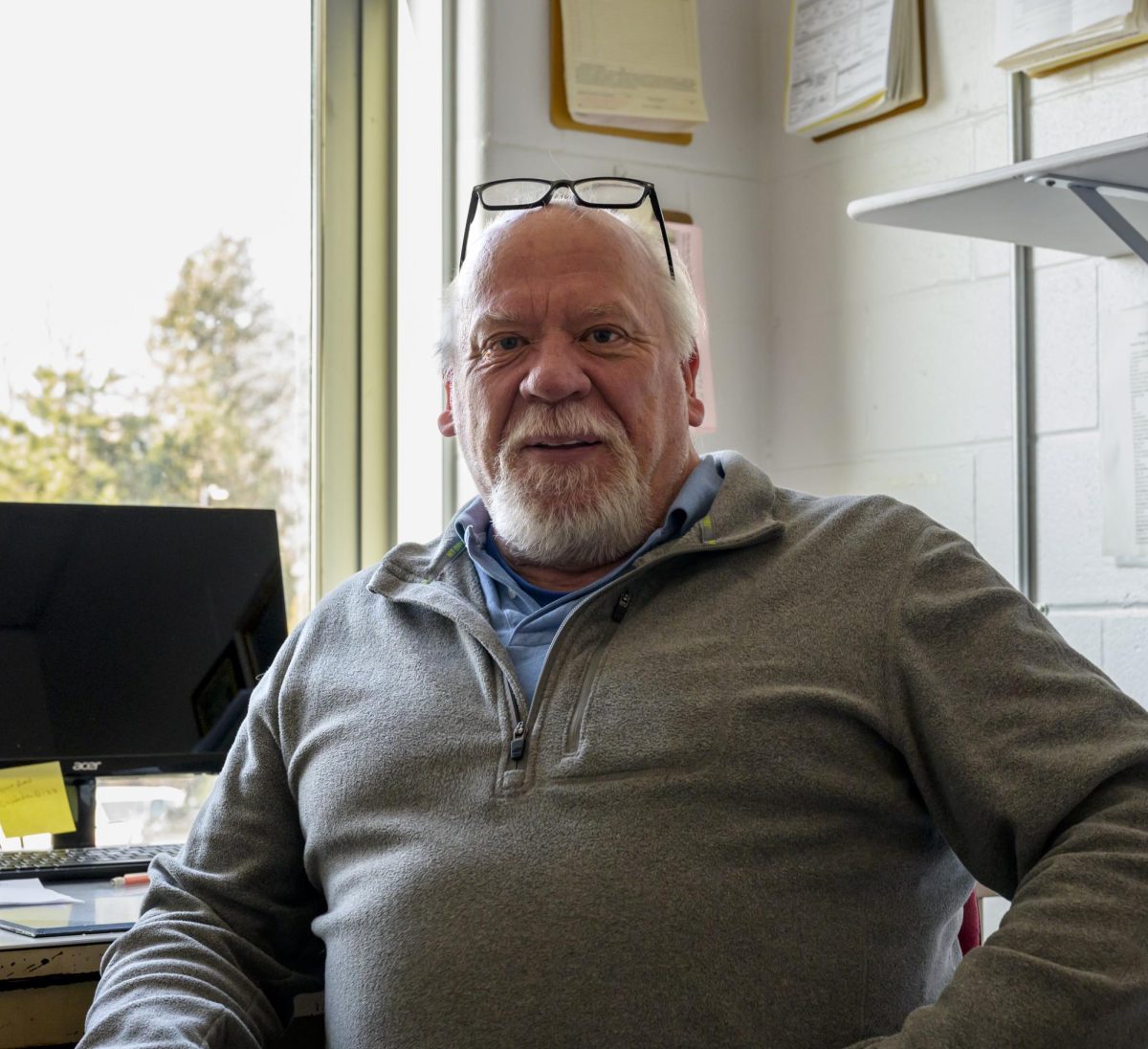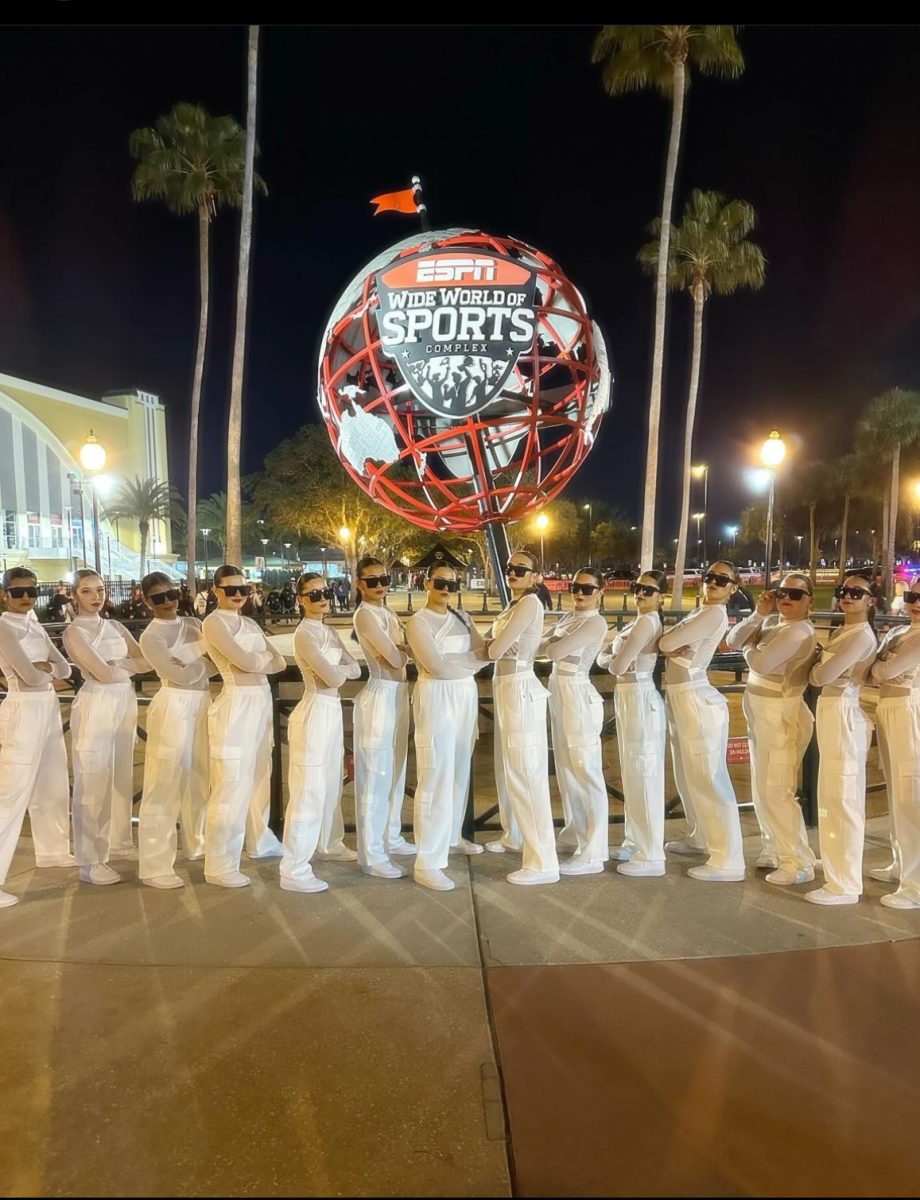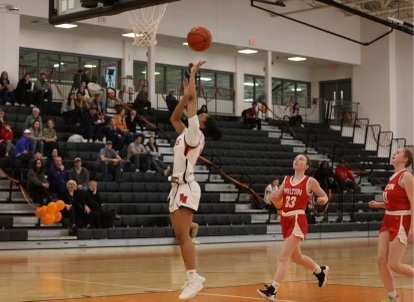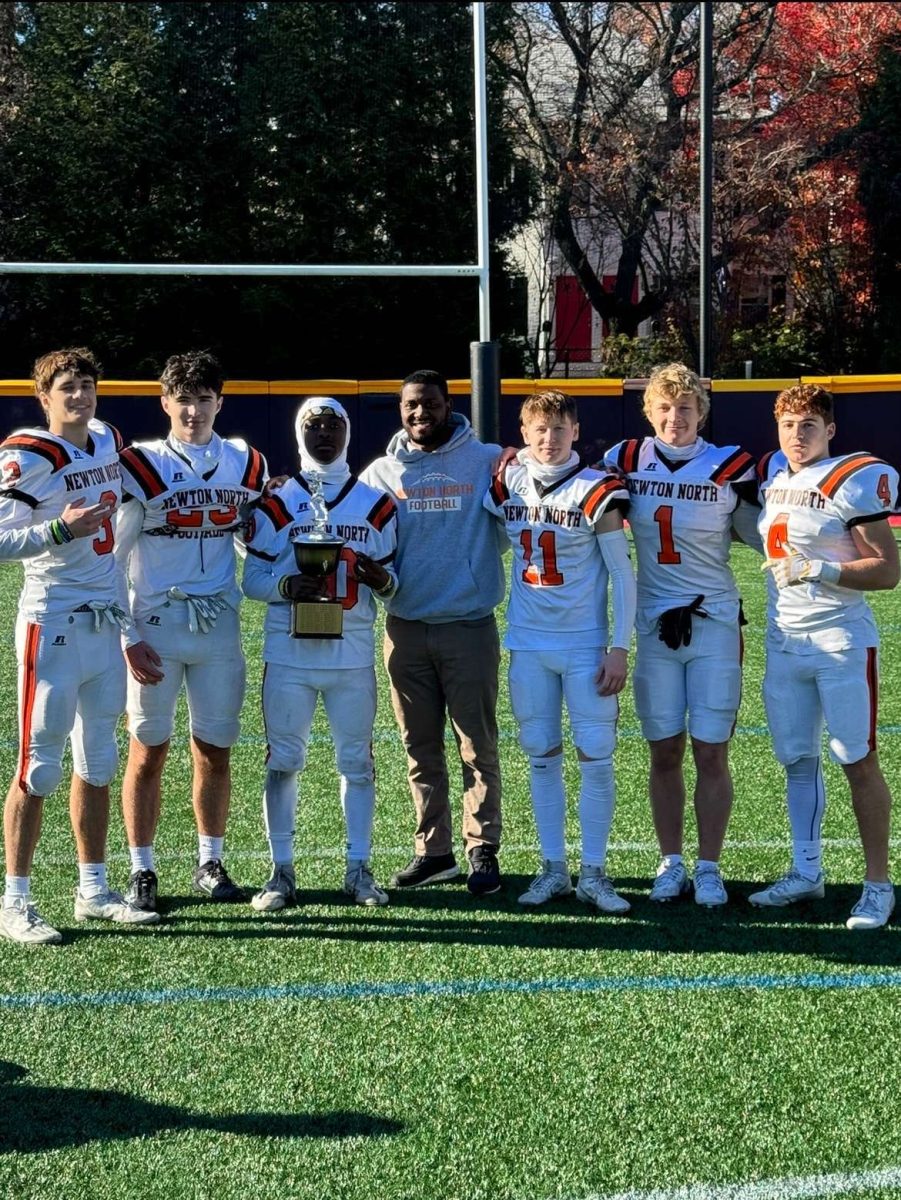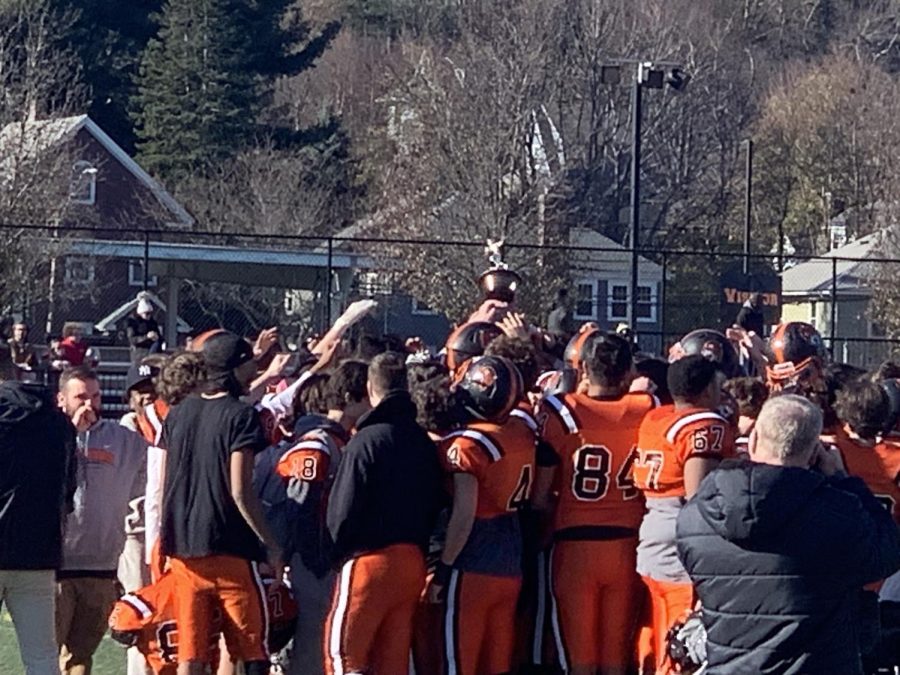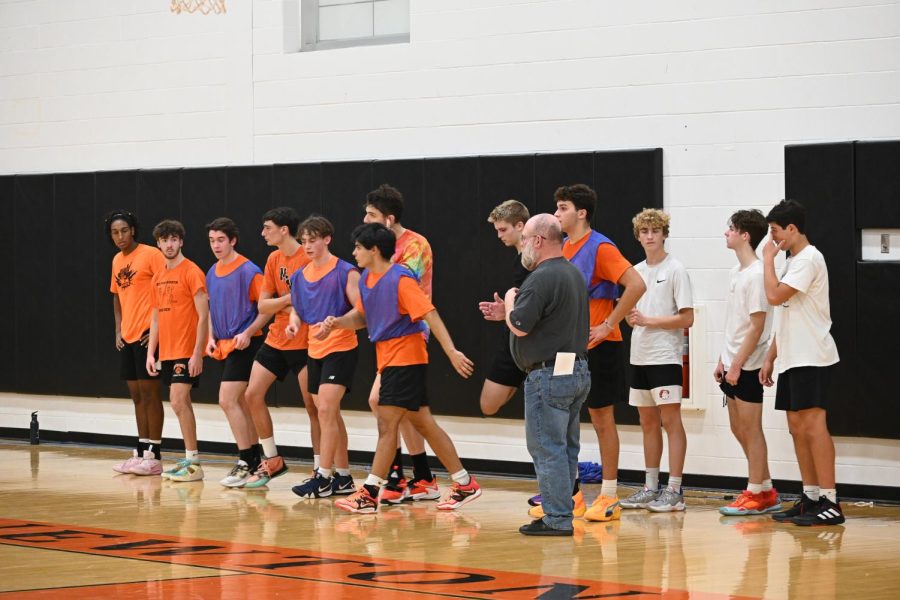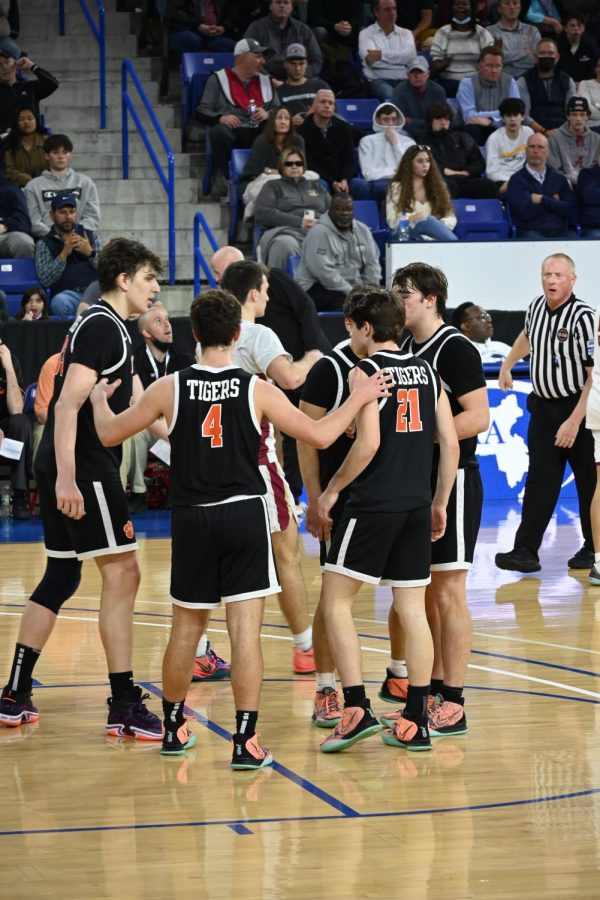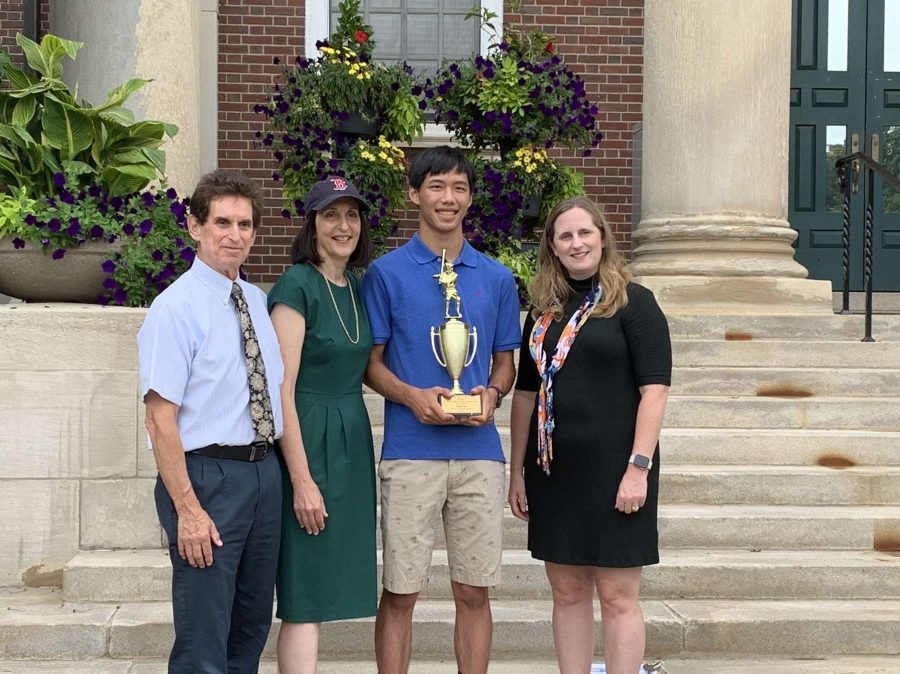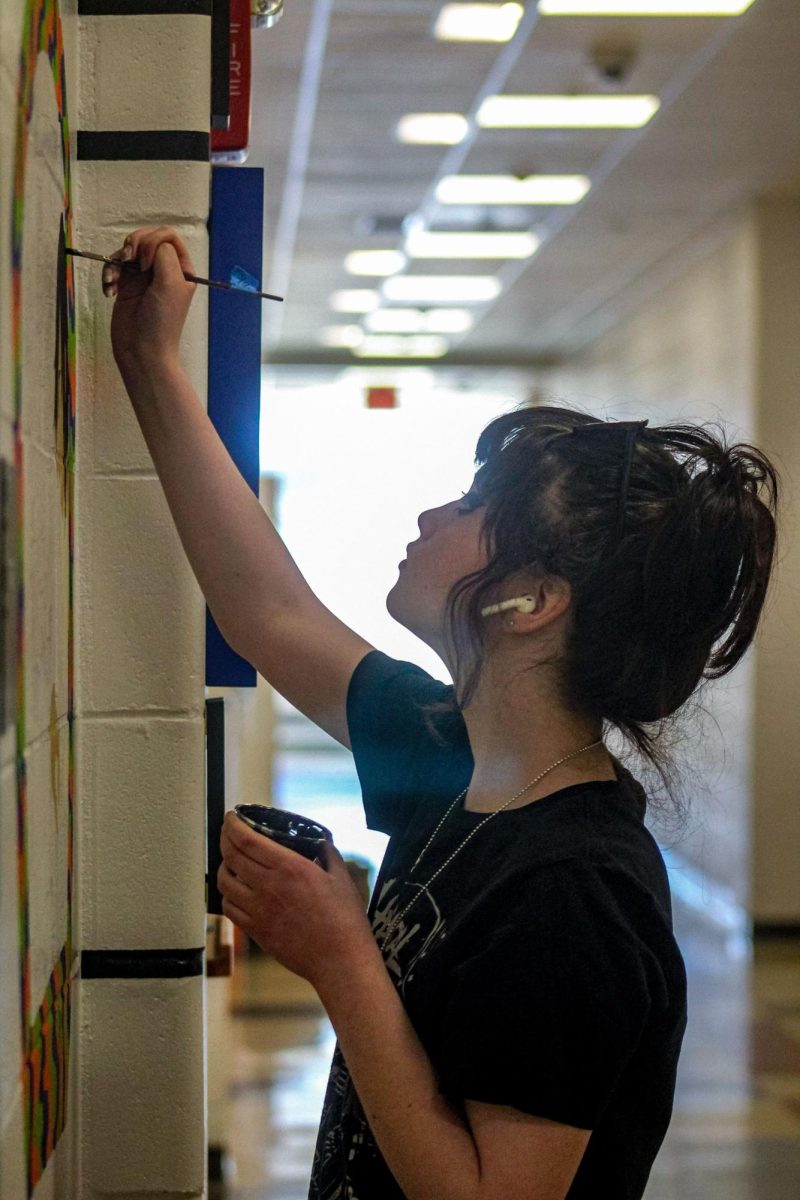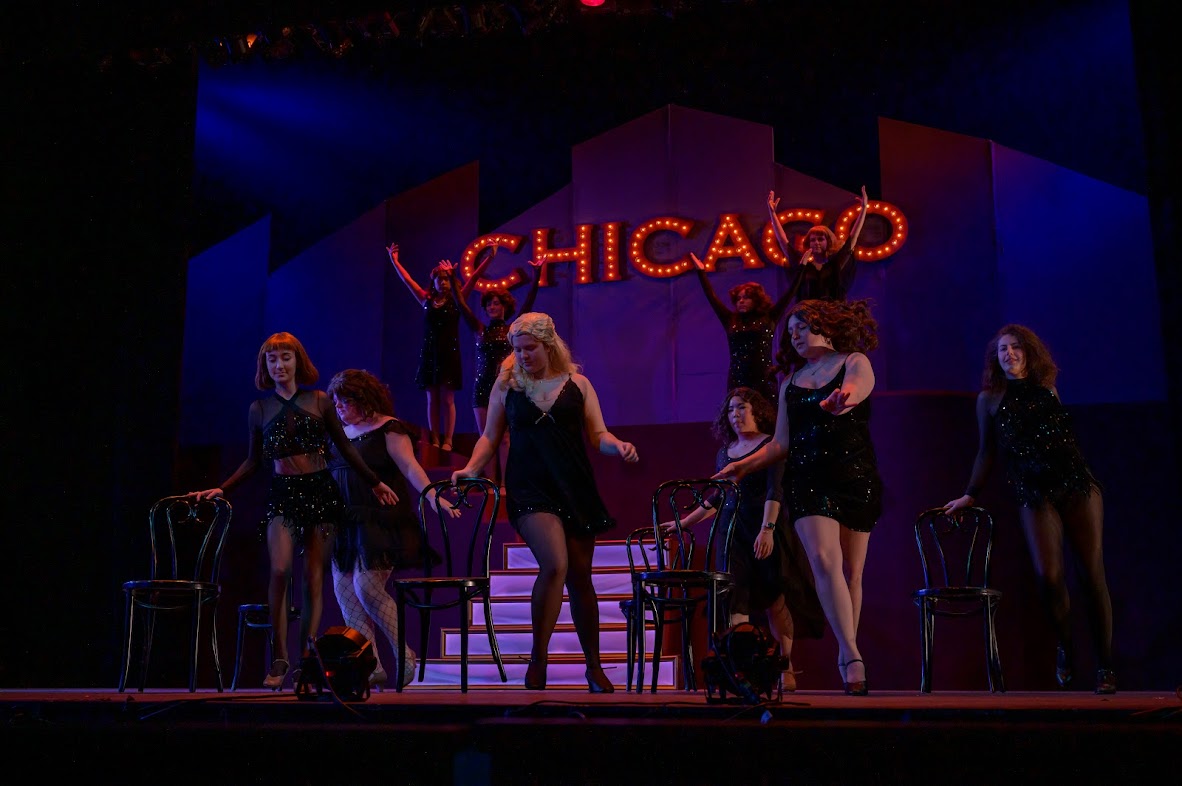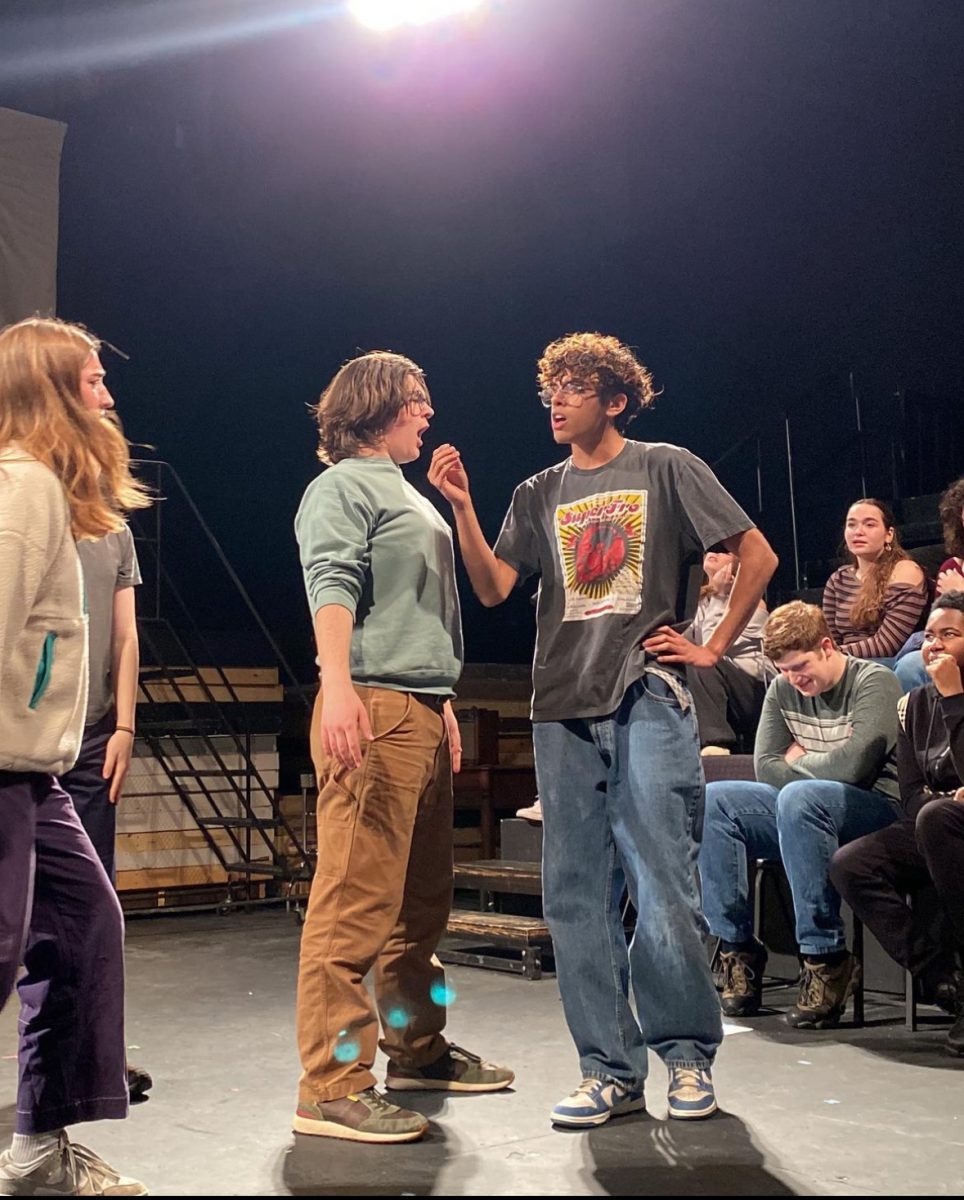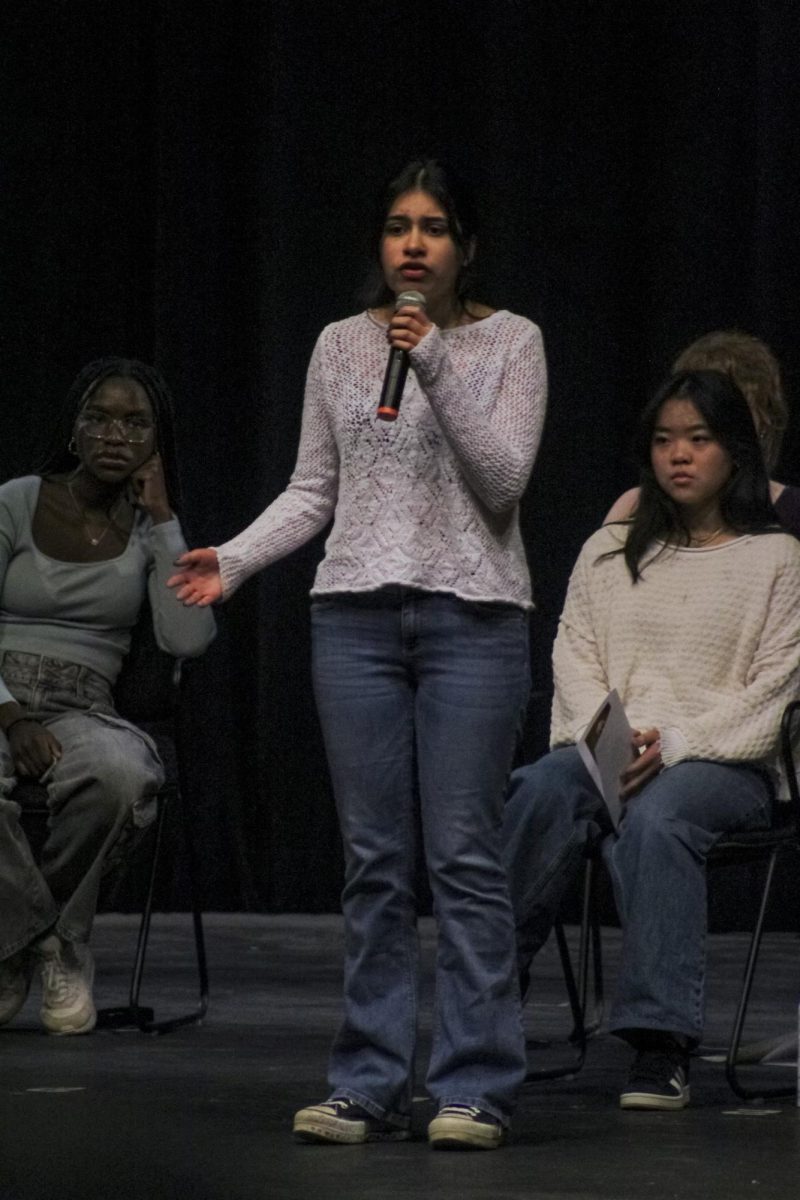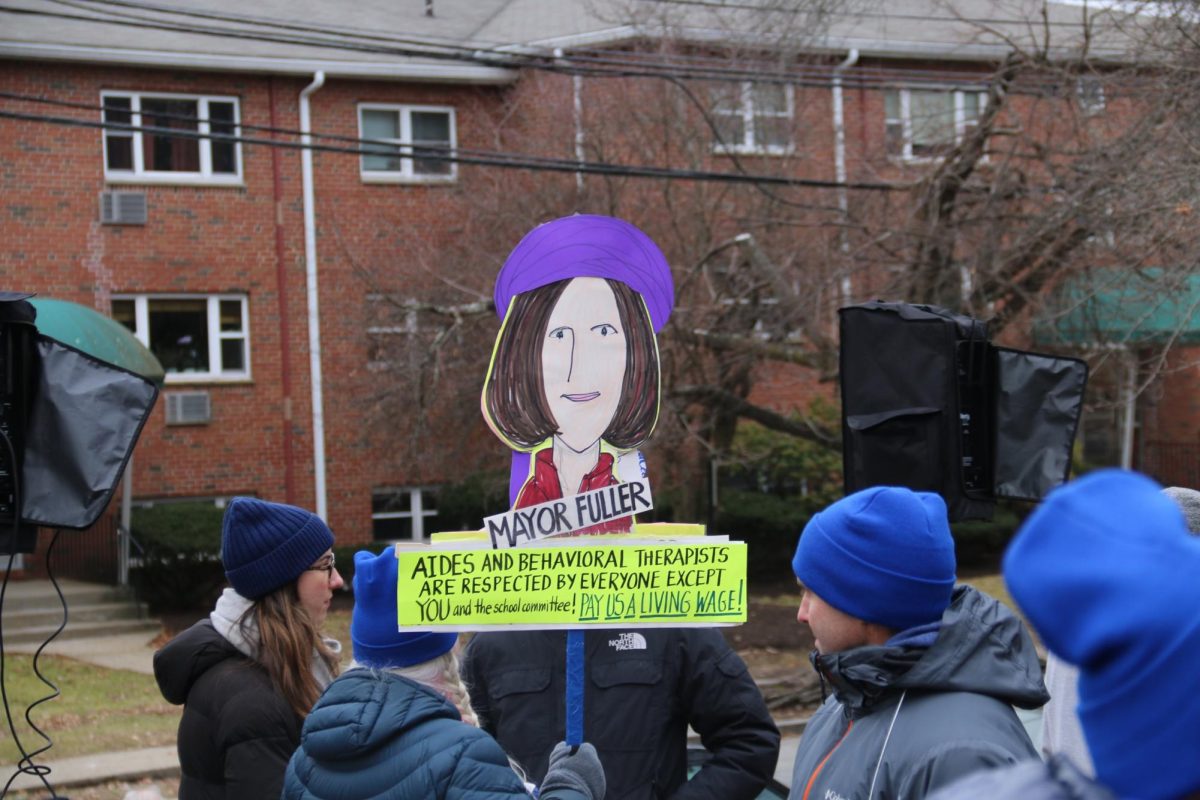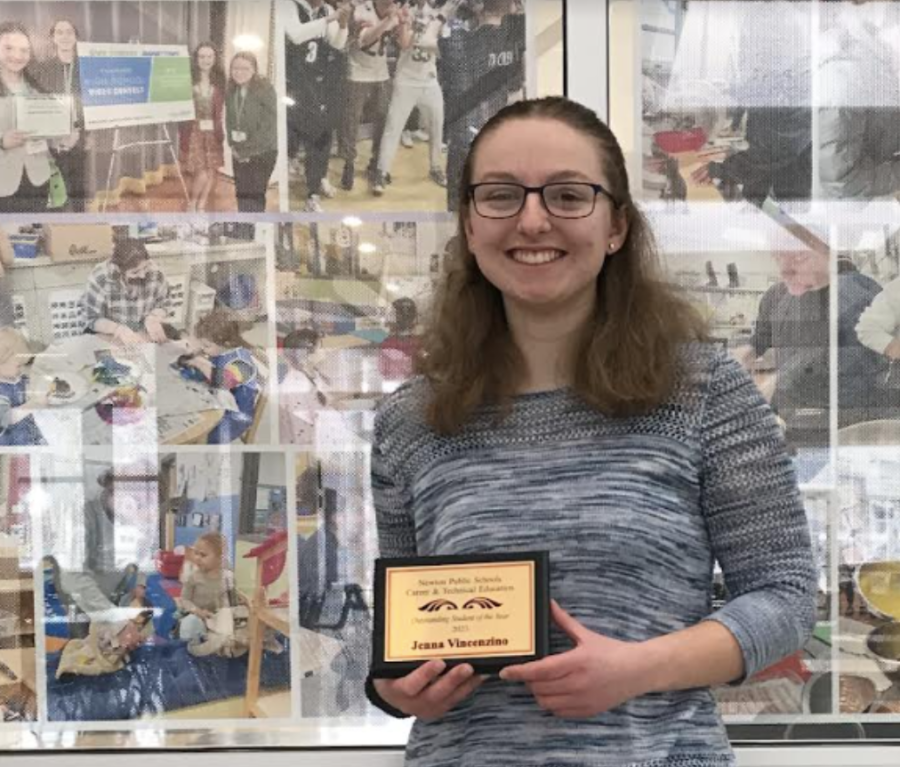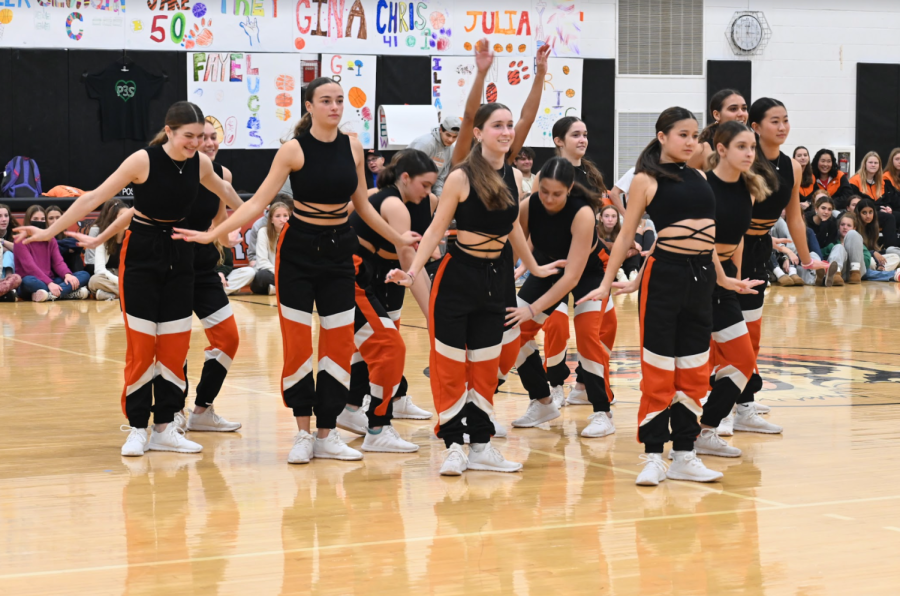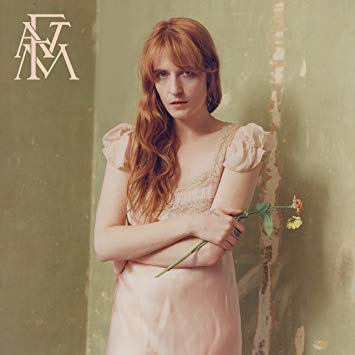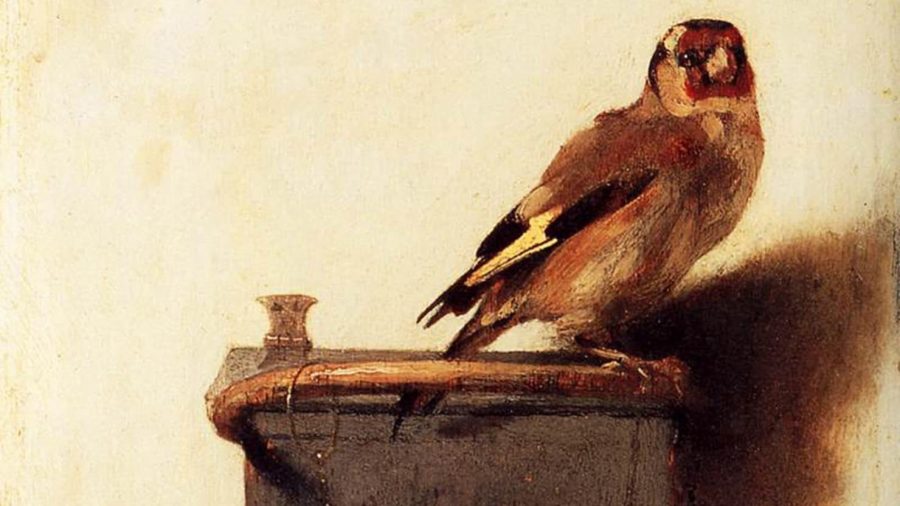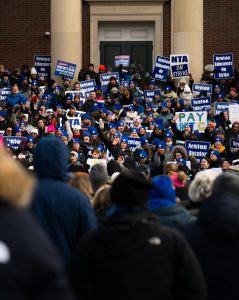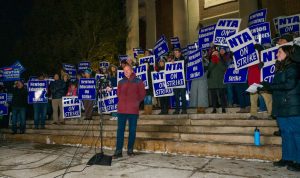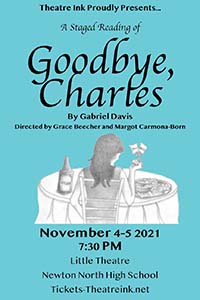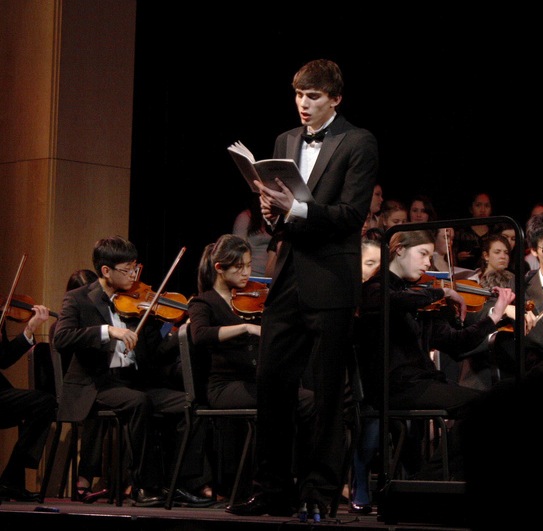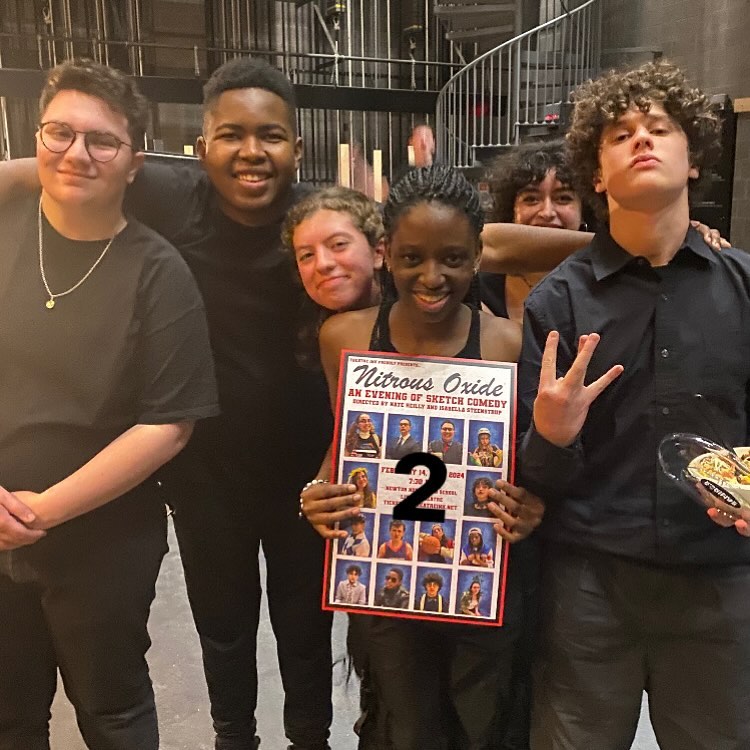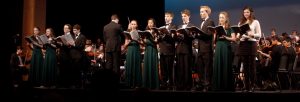
Winterfest this year features two opposite sides of a spectrum: groups of around five students performed in Winterfest I, where as Concert Choir, Family Singers and the Orchestra, in conjunction with South, performed one mass piece for Winterfest II. Despite this contrast, both nights featured a fantastic array of music and talent.
Musicians from this school performed the annual Winterfest concert Wednesday, Jan. 30 and Thursday, Jan. 31 at 7 p.m. in the auditorium.
Winterfest I
Winterfest I performances feature the Chamber Ensembles, Wind Ensemble and the Symphonic Band.
The Chamber Ensembles consist of six separate groups in which all the members played the same type of instrument, such as brass, percussion, clarinets, double reeds, flutes and saxaphones.
The night opened with Brass Ensemble, directed by Ed Harney, playing a fanfare called “La Peri” by Paul Dokas. The song remained the same volume until a decrescendo toward the end. Many of the instruments stopped playing, but then resumed playing to conclude the piece. The musicians maintained a consistent tempo throughout the piece.
Percussion Ensemble, directed by music teacher Richard Labedz, played the next song “The Entertainer” by Scott Joplin. With a total of five students in the group, four students played the xylophone and junior Andrew Larson played the piano.
Following Percussion Ensemble, Clarinet Ensemble, directed by Kristian Beverstam, played “Suite on Ancient Airs from Normandy” by Yvonne Desporte.
Next was Double Reed Ensemble, in which the director, Mary Cicconett, filled in for an absent member, leaving the group with no conductor. Despite this obstacle, they performed well, playing “Capri-Fischer Tango” by Gerhard Winkler.
The following group was Flute Ensemble. Like Percussion Ensemble, there were only five students in this group, directed by Mana Washio. My favorite song that they played was “Sarabande” by Claude Debussy.
The last Chamber Ensemble was Saxaphone Ensemble, which had one of the most lively performance of the evening. Out of the three songs that they played, my favorite was “Blue Skies” by Irving Berlin.
After the Chamber Ensembles came Wind Ensemble, directed by Labedz, which played two songs. The first song they played was “Adagio for Winds” by Elliot Del Borgo, which was soft and slow. They followed with one of my favorite songs of the night, “Children’s March” by Percy Aldridge, featured differing tempos and dynamics.
Finally, the Symphonic Band performed three songs. My favorite of these three was the finale, “The Lords of Greenwich,” which had enough energy and liveliness to fill the auditorium.
Winterfest II
Winterfest II was one mass piece by called “Mass in Time of War” by Joseph Haydn, which was split into six different sections, performed by Concert Choir, Family Singers and the Orchestra.
The first section was “Kyrie,” performed by Family Singers, who was accompanied by members of the Orchestra.
The next section, called “Gloria,” consisted of three different songs. My favorite of the three was the first song called “Gloria in excelsis Deo” because of the way the vocalists and instrumentalists switched off. The piece started with just the violins, and the vocalists joined in shortly after. The instrumentalists and singers switched off playing for about a minute while senior Benjamin Holland sang a solo, accompanied by the strings section.
The third and longest piece of the night was “Credo,” which consisted of four different songs.
The next section was “Sanctus.” I especially liked the ending of the section, as it was upbeat, loud and full of life.
The fifth section, Benedictus, was my favorite because of its driving tempo.
The strings opened the final section, “Angus Di,” and the other musicians joined in shortly after. The string players and the vocalists alternated for a little while, and then a vocalist sang. It went from soft to loud back in forth until the end of the concert.







